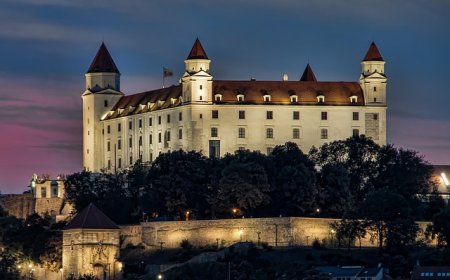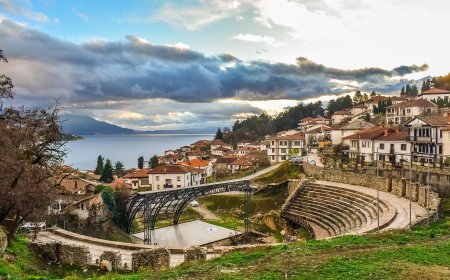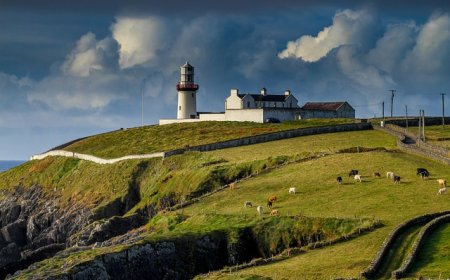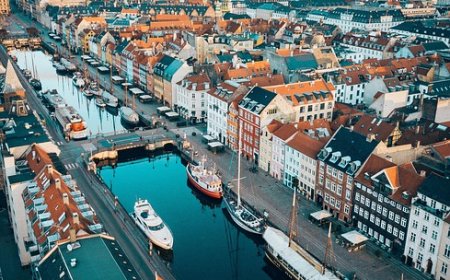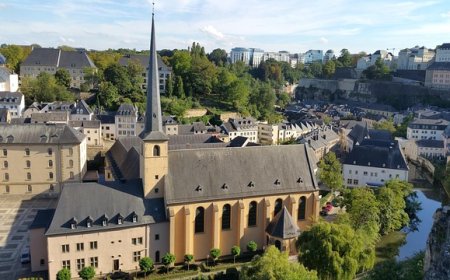Moldova for Students: Geography, Culture, and History Explained
Discover Moldova’s history, culture, and geography in this engaging article for students. Learn about its capital, traditions, food, and more.
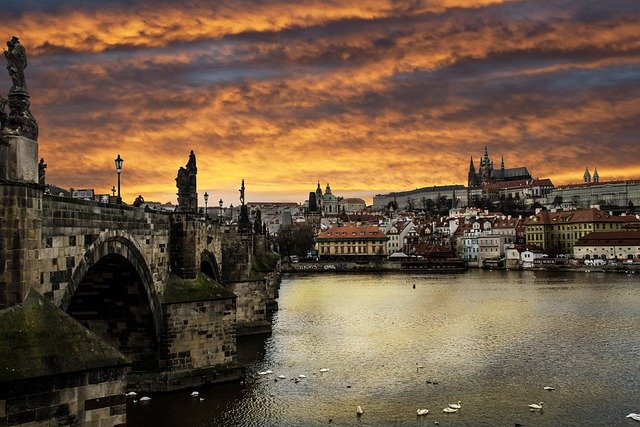
🇲🇩 Moldova: A Country of Vineyards, Villages, and Deep Traditions
🗺 Introduction
Moldova is a small but culturally rich country in Eastern Europe, located between Romania and Ukraine. Though it’s one of the lesser-known European nations, Moldova is full of green hills, cozy villages, delicious food, and strong folk traditions. It’s a land where people value family, farming, and music, and where ancient customs still shape modern life.
Moldova has faced many challenges, including wars and foreign rule, but its people have kept their culture alive through storytelling, song, and celebration. This article will take you on a journey through Moldova’s geography, history, cities, and everyday life.
🌍 Geography and Location
Moldova is a landlocked country, meaning it does not touch any seas or oceans. It is bordered by Romania to the west and Ukraine to the north, east, and south. The landscape is mostly made up of gently rolling hills, forests, rivers, and farmland. The Dniester River is the most important waterway in the country, flowing from north to south.
Because of its mild climate and rich soil, Moldova is a great place for farming. The country is especially famous for its grape vineyards, which produce high-quality wines. There are also small lakes and forests, and rural life is very important to the country’s culture.
Moldova experiences all four seasons, with cold winters, hot summers, and pleasant springs and autumns. These seasonal changes shape daily life and local festivals.
🏙 Cities and Towns
The capital and largest city of Moldova is Chișinău (pronounced “KISH-in-ow”). It is the country’s political, cultural, and economic center. The city has wide streets, leafy parks, and a mix of Soviet-style buildings and modern structures. There are museums, theaters, and a large open-air market where locals sell fruits, vegetables, and homemade crafts.
While Chișinău is the main urban area, Moldova also has many small towns and villages that play an important role in its culture. Life in these places is slower and more traditional. Villages often have wooden houses with flower-filled gardens, and people grow their own food and raise animals.
One unique area is Transnistria, a breakaway region along the Dniester River that has declared independence from Moldova. However, it is not officially recognized by other countries and remains a complex political issue.
👨👩👧👦 People, Language, and Culture
Moldova has a population of about 2.5 million people. Most Moldovans are ethnic Romanians, and the official language is Romanian. However, some people also speak Russian, Ukrainian, Gagauz, or Bulgarian, depending on the region. In cities, many young people also study English in school.
The culture of Moldova is strongly tied to its rural roots. Family life is very important, and many Moldovans live with extended family members. Hospitality is a big part of the culture, and guests are often welcomed with a table full of homemade food and drink.
Folk traditions are still strong in Moldova. Music, dance, and colorful embroidered clothing are part of many festivals and holidays. Traditional instruments like the cobza (a stringed instrument) are still played, and dances like the hora bring people together in celebration.
🍽 Food and Traditions
Moldovan food is hearty and full of flavor, based on what people can grow or raise on the land. Meals often include cornmeal, vegetables, cheese, meat, and herbs. Many dishes are passed down through families and shared during holidays and special gatherings.
Popular Moldovan foods include:
- Mămăligă – a thick cornmeal dish served with cheese, cream, or stew
- Sarmale – cabbage rolls filled with rice and meat
- Plăcintă – a baked or fried pastry filled with cheese, potatoes, apples, or pumpkin
- Zeamă – a chicken soup with homemade noodles and lemon
- Cozonac – a sweet bread with walnuts or raisins, often made for Easter and Christmas
Wine is a special part of Moldovan culture. The country is home to some of the world’s largest underground wine cellars, like Cricova and Milestii Mici. Grape harvesting and wine festivals are important community events.
🏛 History of Moldova
The history of Moldova is full of changes, challenges, and resilience. In ancient times, the region was home to Dacian tribes, followed by Roman influence. During the Middle Ages, the area became part of the Principality of Moldavia, a strong and independent state.
In later centuries, Moldova came under the control of the Ottoman Empire, Russian Empire, and Soviet Union. After World War II, it became part of the Soviet Union as the Moldavian SSR. In 1991, Moldova declared independence after the fall of the USSR.
Since then, Moldova has worked to develop its democracy and economy, though it still faces challenges such as poverty, emigration, and political division. The country has grown closer to the European Union and continues to strengthen its national identity.
🌿 Nature and Environment
Even though Moldova is small, it has beautiful and peaceful natural areas. Forests, fields, orchards, and rivers stretch across the countryside. Animals like foxes, deer, and wild boars live in the woodlands, and birds such as storks and owls are common.
Moldova is trying to protect its environment by encouraging recycling, planting trees, and teaching children about nature. There are also nature reserves and parks where people can enjoy hiking, birdwatching, and picnicking.
Because of its clean air and open land, Moldova is a favorite place for people who enjoy a slower, more natural lifestyle.
📚 Vocabulary List
| Word | Definition |
|---|---|
| Landlocked | A country that has no coast or access to the sea |
| Dniester River | A major river that flows through Moldova |
| Mămăligă | A cornmeal dish similar to polenta, common in Moldova |
| Plăcintă | A filled pastry, sweet or savory, often homemade |
| Transnistria | A breakaway region in Moldova that is not officially recognized as independent |
| Cobza | A traditional Moldovan string instrument |
| Cricova | One of Moldova’s largest and most famous underground wine cellars |
| Hora | A circle dance traditional in Moldovan and Romanian culture |
👧🧒 Kid-Friendly Summary
Moldova is a small country in Europe where people grow grapes, bake delicious bread, and love to dance. The capital city is Chișinău, but most people live in peaceful villages. They speak Romanian and often invite guests to share big meals filled with homemade food.
There are forests, rivers, and animals like deer and foxes. Moldova has had many rulers in its past, but today it's a free country with strong traditions. Kids learn folk dances and songs, and families enjoy celebrating holidays together with music, food, and fun.
🧠 Interactive Quiz: What Do You Know About Moldova?
1. What is the capital of Moldova?
A) Bucharest
B) Chișinău
C) Lviv
D) Odessa
2. What is Moldova famous for producing?
A) Bananas
B) Wine
C) Chocolate
D) Coffee
3. What language is officially spoken in Moldova?
A) Russian
B) Romanian
C) Ukrainian
D) Polish
4. What is mămăligă?
A) A soup
B) A salad
C) A cornmeal dish
D) A fried dessert
5. What is the Dniester?
A) A mountain
B) A river
C) A town
D) A dance
6. What is the name of the breakaway region in Moldova?
A) Transylvania
B) Transnistria
C) Carpathia
D) Moldova Minor
7. What is a traditional Moldovan pastry called?
A) Zeamă
B) Plăcintă
C) Banitsa
D) Strudel
8. What kind of instrument is the cobza?
A) A drum
B) A flute
C) A string instrument
D) A trumpet


















































